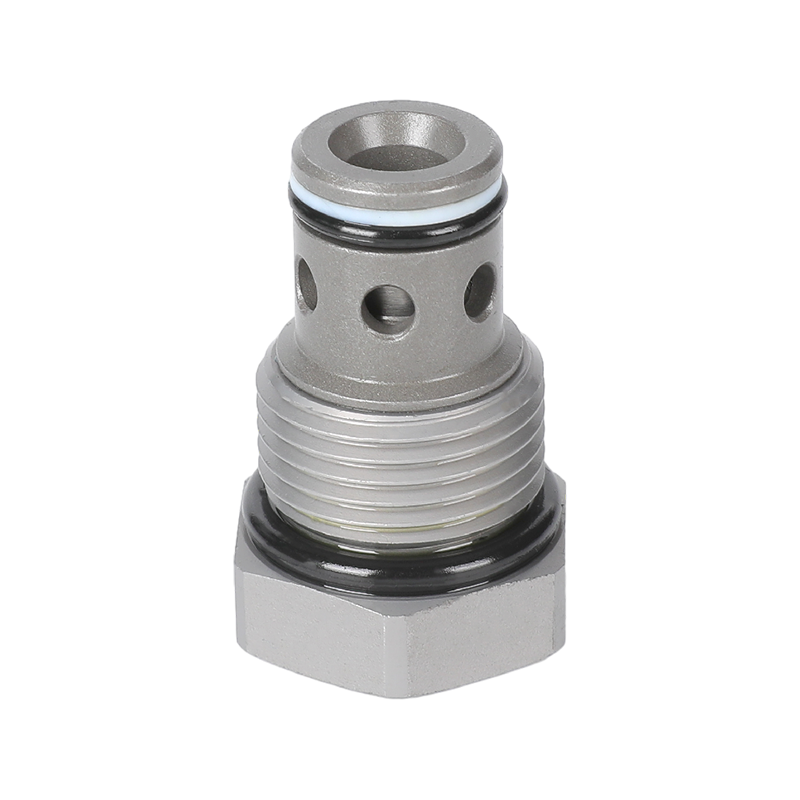The main working principle of Flow Control Valves is to control the flow rate of fluid through the valve by adjusting the opening of the valve, thereby achieving precise regulation of the fluid flow rate. Its basic working principle involves the valve's geometric structure and fluid mechanics principles.
Flow Control Valves consist of three main components: the valve body, the valve plug, and the valve seat. The valve body is the outer casing of the valve and houses the moving parts of the valve plug and the fluid passage. The valve plug is the key component of the valve and works in conjunction with the valve seat to regulate the opening and closing of the fluid passage by moving, thereby controlling the flow rate.
When fluid flows through the valve, the position of the valve plug determines the size of the fluid passage, thereby affecting the flow rate and flow rate of the fluid. By adjusting the position of the valve plug, the cross-sectional area of the fluid passage can be changed, thereby changing the speed and flow rate of the fluid through the valve. In general, the more open the valve plug, the larger the passage through which the fluid passes, and the greater the flow rate; conversely, the more closed the valve plug, the smaller the passage through which the fluid passes.
The position of the valve plug in Flow Control Valves can be controlled using different methods, such as manual control, electric control, pneumatic control, or hydraulic control. These control methods can send signals through control devices to drive the valve plug to move, thereby adjusting the flow rate. In automated systems, electronic controllers or programmable logic controllers (PLCs) are typically used to achieve precise control of Flow Control Valves.

 English
English русский
русский
 ++86-0575-87669088
++86-0575-87669088


